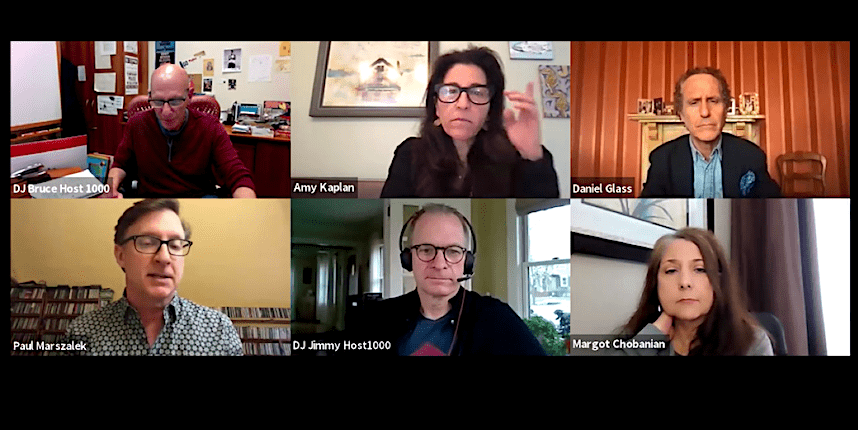A recap of the lively panel from this year’s NON-COMMvention with Jim McGuinn, Amy Kaplan, and more…

By Paul Marszalek
TheTop22.com
It’s complicated, but maybe it needn’t be.
That sentiment is among the takeaways from last week’s NON-COMMvention panel entitled Programming in a Streaming, Data Driven, and TikTok Obsessed World: Why It Matters, Or Not.
WXPN’s Bruce Warren moderated the discussion, pursuing a simple theme – as labels increasingly push streaming numbers for songs at radio programmers, are these numbers “the new sales reports” or some sort of parallel universe? How are stations and labels using, or not using, the data?
Along with myself, the panel included Daniel Glass, Glassnote Records (Phoenix, CHVRCHES, Aurora); Amy Kaplan, Mick Management (Leon Bridges, Sharon Van Etten, Jon Batiste); Jim McGuinn, Program Director of KCMP/The Current; and Margot Chobanian, Assistant Program Director at The Colorado Sound.
There was near universal agreement that there is indeed value in the data – but we need to peel back the onion a bit to get to the numbers that are truly helpful to programmers who want confirm or deny their musical hunches.
It may be helpful to understand, in perhaps an over-simplified manner, how we got here: At radio, there’s a research vacuum. There is generally very little primary research (direct data collection) done at the station level – a casualty of consolidation and a tough financial environment. Programmers seeking out musical trends or data to support decision-making have begun using streaming numbers as something of a proxy for primary music research.
Labels are more than happy to provide it. But there have been downsides. Several major-market programmers, particularly at the Alt format, appear to be all-in on streaming numbers, often setting minimum streaming “floors,” often in the millions, before considering adding a song.
Again, some labels are more than happy to deliver, engaging in practices ranging from buying playlist placement to deploying bots. Some even purchase ads on social media in inexpensive countries and territories around the world in an effort to improve the streaming “story.”
However, the lumping together of all streams from all platforms and sources is of little use to sharp programmers. Artists, management, and labels have access to much more specific data, and sharing more of the deeper engagement-oriented data would prove helpful.
While gaming the metrics is hardly new to the music business, Daniel Glass advises programmers to “ignore this data at your own peril.” He’s right, clean data with appropriate context can be an extremely useful indicator.
Programmers relying solely on their gut may run long-term risk by tuning out available audience and potential audience feedback.
TikTok is on the tip of many tongues, but this data might not be perfect at this time for radio formats targeting adults. According to Edison Research, just 3% of adults 35 and older name TikTok as their most-used social media platform.
Jim McGuinn and Amy Kaplan offer radio and artist perspective, respectively, in this excerpt from the panel…
 -The Top 22 – Triple A, Indie, Alternative Rock
-The Top 22 – Triple A, Indie, Alternative Rock

